
Olive
oil.
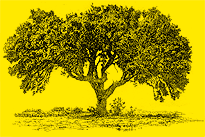
EXTRA
VIRGIN.
ECOLOGICAL
OUR ELABORATION PROCESS.
1.HARVESTING
The harvesting of the fruits used for the grinding usually starts during the months of November and December. It is necessary to pick the olives at the very moment of their maturing and not later, because they could rot and the quality of the oil would decrease.
The fruits that are going to be used for table consumption are picked before being totally ripe, approximatively in November. The ones used for our oil are picked later in January, through the technique of the "shaking down".
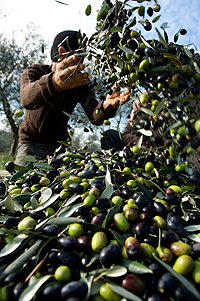
2.TRANSPORT
The transport of the olives must be made immediately after the harvesting, because the fruits have to be processed in a period of 24 hours maximum, in order to preserve their properties and give a premium oil.
The entire olives are transported separately from the broken ones, that can start their fermentation process and affect the final quality of the oil.
3.SELECTION
The traditional oil mills in which olive oil is extracted are called "almazaras", coming from the Arabic word “al-mas’sara”, whose meaning is "to extract, to squeeze". Before starting to manipulate the olives, it is necessary to classify them according to their form and size. The best ones are finally going to be used for the elaboration of our extra virgin oil Lolita.
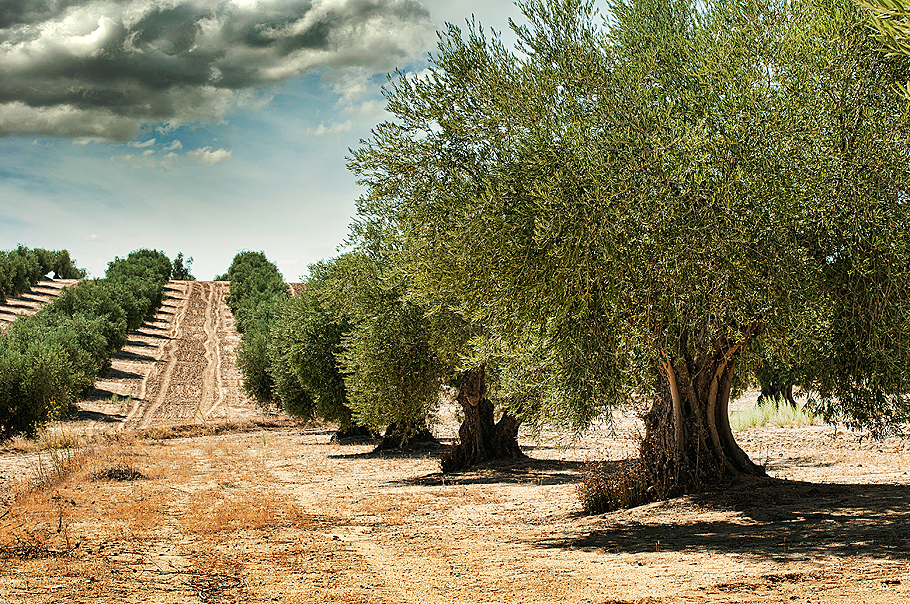
4.WASHING
Once in the conveyor belt, the olives are taken to an area of ventilation and washing which separate the leaves and branches that could remain.
5.GRINDING
The grinding consists in the crushing and breaking of the entire olive (without pitting) in order to ease the squeezing and separation of the oil it contains.
GENUINE
“COLD
EXTRACTION”
6.MIXING
The olive mass obtained in the grinder is mixed so as to boost the squeezing of the oil. The oil drops are brought together to form a bigger and more easily separable oily phase than both water phase (water contained in the olive) and solid or "spent olives" phase (skin, pulp and broken stones).
The temperature of mixing must not exceed 30ºC to prevent the spoiling of the aromatic compounds and the acceleration of the oxidation processes.
7.CENTRIFUGATION
To separate completely the oil from the "alpachín" (water) and the pomace (stone), the olive mass is introduced into a centrifuge in a vacuum.
8.PRESERVATION
Once obtained our oil, a preservation in optimum conditions is essential. Stainless steel tanks between 15 and 18ºC are used in order to keep all the essences of the oil intact.
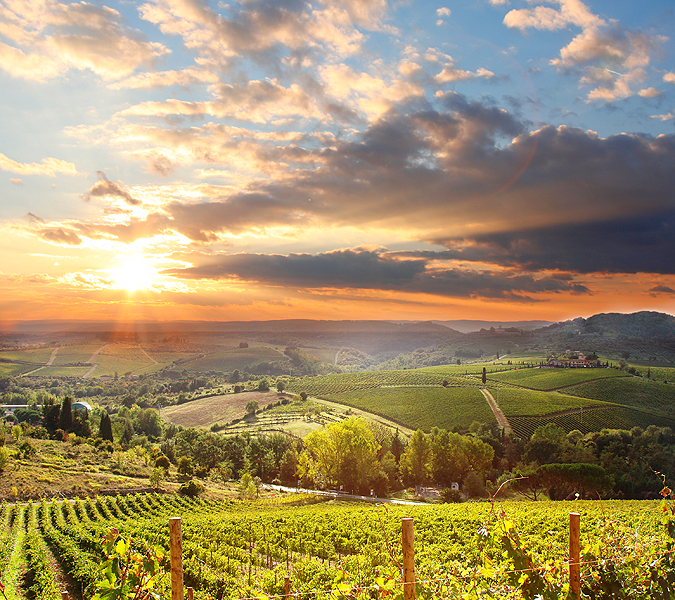
Aceite de
LA RIOJA
D.O.P.
(Denomination
of Origin)
Symbol of quality and differentiation, La Rioja DOP Oil protects the oil produced in community of La Rioja. Made with fresh fruit, grown according to traditional work and collected with modern techniques, the liquid gold of La Rioja has an exceptional quality.
